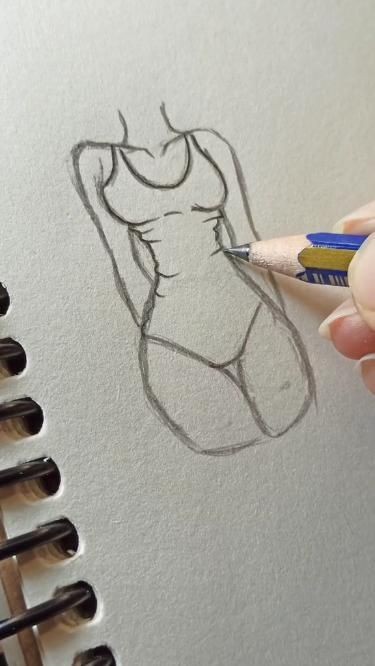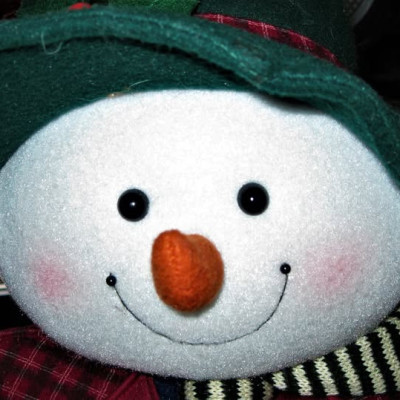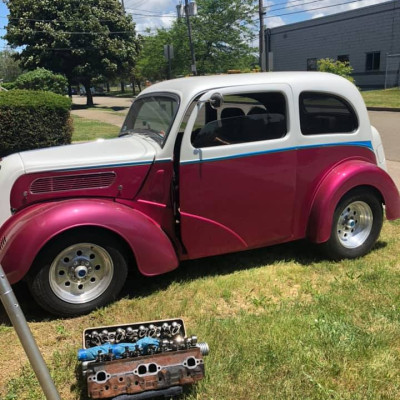Mastering Body Drawing: An Art Tutorial for Aspiring Artists
Drawing the human body is a profound skill that has fascinated artists for centuries. Whether you're a beginner or seeking to refine your techniques, mastering body drawing requires understanding anatomy, perspective, and proportion. This tutorial aims to guide you through the essential steps to create lifelike and expressive figures in your artwork.
Understanding Anatomy: The Foundation of Body Drawing
Anatomy forms the backbone of realistic body drawing. Familiarize yourself with the basic skeletal structure and major muscle groups. Start by studying reference images or anatomy books to grasp how bones and muscles interact beneath the skin. This foundational knowledge will inform how you depict the body's movement and form in your drawings.
Gesture Drawing: Capturing Movement and Flow
Gesture drawing is a dynamic technique that focuses on capturing the essence and movement of a pose rather than its details. Begin by sketching quick, loose lines to outline the figure's basic gesture and rhythm. This helps you establish the pose's energy and flow before adding more refined details. Practicing gesture drawing regularly enhances your ability to convey motion and emotion in your artwork.
Proportion and Perspective: Creating Realistic Figures
Achieving accurate proportion and perspective is crucial for creating realistic body drawings. Understand the basic proportions of the human body, such as the "head-to-body" ratio and the lengths of limbs in relation to each other. Use simple geometric shapes like circles and ovals to block out the body's mass and establish its proportions before refining the details.
Light and Shadow: Adding Depth and Dimension
Mastering light and shadow adds depth and dimension to your body drawings. Study how light falls on different surfaces of the body and creates highlights, mid-tones, and shadows. Experiment with shading techniques such as hatching, cross-hatching, and blending to convey the form's three-dimensional quality. Pay attention to how shadows define the body's volume and enhance its realism.
Capturing Emotion and Expression
Beyond technical skill, body drawing is about capturing emotion and expression in your figures. Pay attention to facial expressions, body language, and gestures to convey mood and narrative in your artwork. Experiment with poses that express different emotions and practice depicting subtle nuances that communicate a character's state of mind.
Practice, Patience, and Perseverance
Like any skill, mastering body drawing requires consistent practice, patience, and perseverance. Set aside dedicated time to sketch from life, use reference materials, and experiment with different techniques. Don't be afraid to make mistakes—every drawing is an opportunity to learn and improve. Seek feedback from peers or mentors to gain new perspectives and refine your skills further.
Conclusion: Embrace the Journey of Body Drawing
Body drawing is a rewarding journey that combines technical skill with creative expression. By understanding anatomy, practicing gesture drawing, mastering proportion and perspective, and exploring light and shadow, you can create compelling and lifelike figures in your artwork. Remember, the key to growth lies in continuous learning and experimentation. Embrace the joy of discovery as you refine your ability to capture the beauty and complexity of the human form through drawing.






